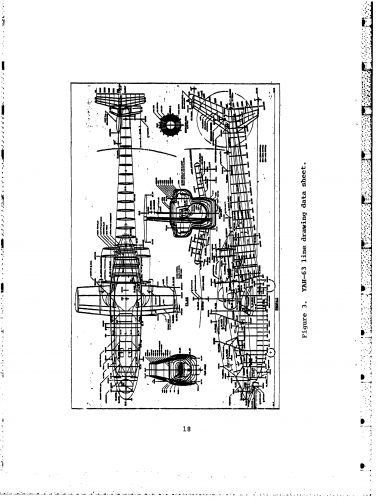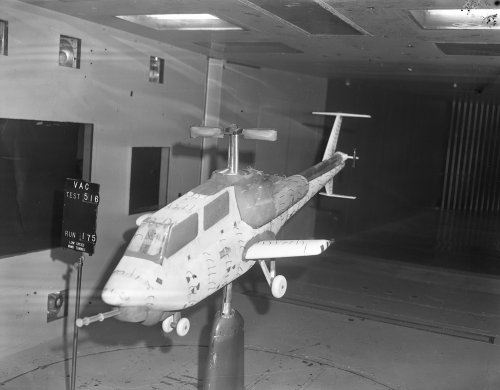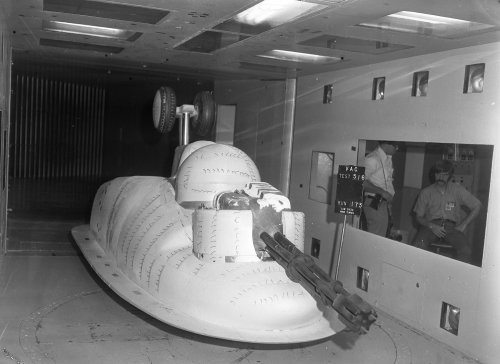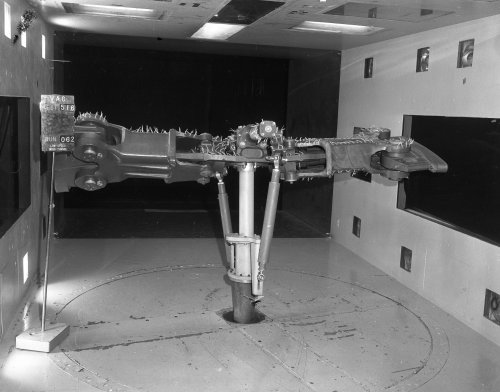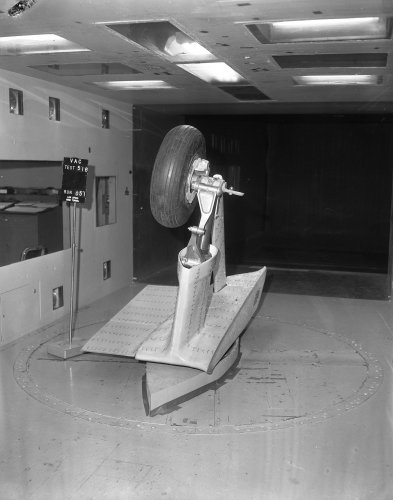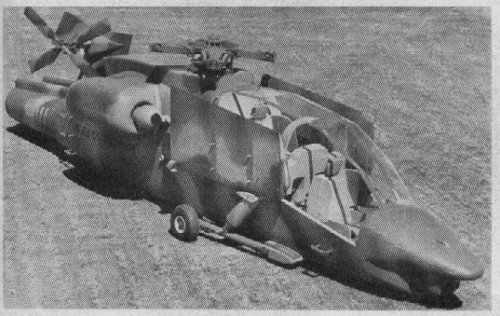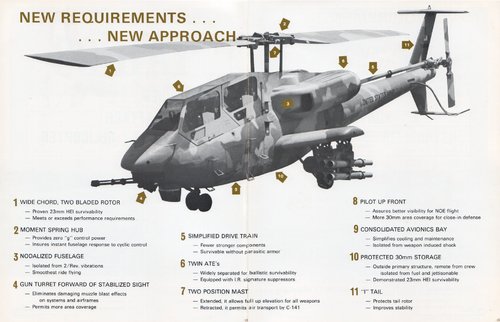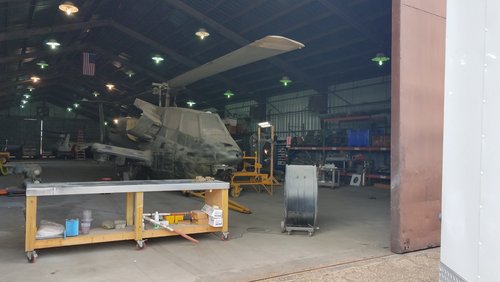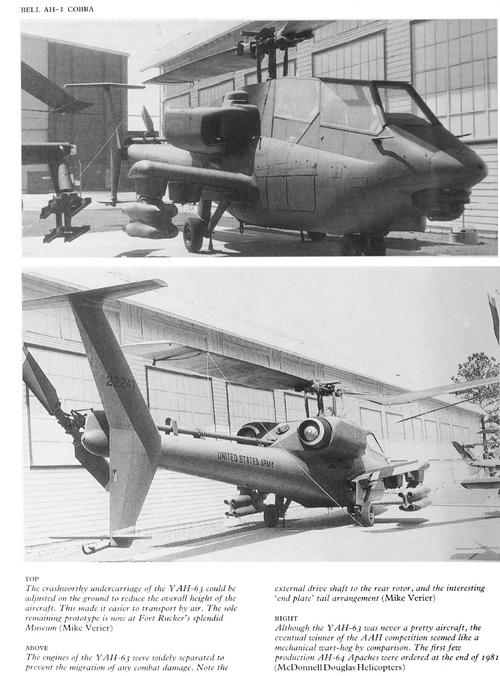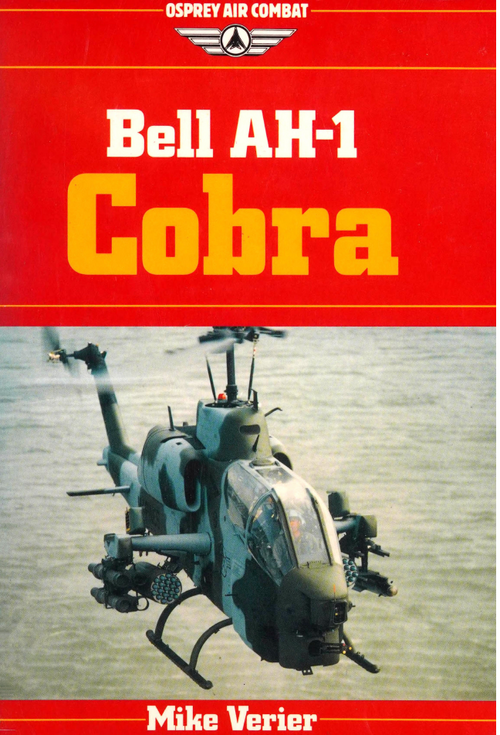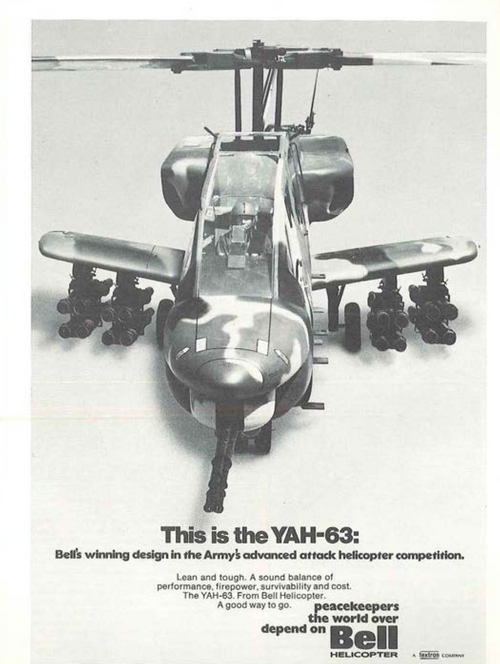You are using an out of date browser. It may not display this or other websites correctly.
You should upgrade or use an alternative browser.
You should upgrade or use an alternative browser.
Bell Model 409 / YAH-63 attack helicopter (AAH contender)
- Thread starter flateric
- Start date
- Joined
- 18 October 2006
- Messages
- 4,203
- Reaction score
- 4,889
Having had opportunity to see YAH-63 up close I can tell you the huge blades were probably the heaviest wide cord blades I have seen. Then they were designed to take multiple 23 mm and keep working. I have an alternate idea on the jettisonable ammo drum. Given that the helicopter was design to hover and shoot at Soviet tank divisions go the a refuel/rearm point and repeat, the jettisonable drum might have been a proposal for rapid rearm. I say this because at the time of this effort US Army helicopters only flew at nap of the earth. Time between engine fail and landing was minimal.
I agree that two blade systems are usually lighted and with the lift from the wide cord probably meant slower rotation speed and less transonic noise from the tips.
I agree that two blade systems are usually lighted and with the lift from the wide cord probably meant slower rotation speed and less transonic noise from the tips.
Kiltonge
Greetings Earthling
- Joined
- 24 January 2013
- Messages
- 628
- Reaction score
- 1,178
JohnR said:What; if any, was the advantage/disadvantage of using a two bladed rotor?
My aerodynamics are second-hand but I believe the factors are:
1. Gives a more solid disk and hence more lift than multi-blade of equivalent diameter: better for hovering and low-speed but poorer at high-speed
2. Less drag
3. Less complicated hub, very useful for maintenance and reliability
and as yasotay points out:
4. Greater ballistic tolerance as the individual blade structures are larger
This diagram shows the 214ST's huge 33-inch-chord blades well. The only hubs more simple than that are the rigid and semi-rigid hubs on Eurohelis.
http://www.flightglobal.com/pdfarchive/view/1979/1979 - 2449.html
and the 409 had 40-inch-chord!
Edit: also, high inertia for auto-rotations!
- Joined
- 1 April 2006
- Messages
- 11,364
- Reaction score
- 10,150
YAH-63 Helicopter Crashworthiness Simulation and Analysis
 apps.dtic.mil
apps.dtic.mil
Defense Technical Information Center
Attachments
Last edited by a moderator:
- Joined
- 13 June 2007
- Messages
- 2,172
- Reaction score
- 3,075
Good Day All -
I have become the happy and grateful caretaker of a significant number of 4x5 negatives of models that were tested in the LTV/Vought Low Speed Wing Tunnel (LSWT) along with a number of the test reports. As I sort thru the whole lot (guessing 4,000+ negatives), there is plenty there to share as they get scanned and identified.
Here is a YAH-63 wind tunnel model (Bell is just up the road from Vought - makes sense they tested there) along with different components of the airframe.
Enjoy the Day! Mark
I have become the happy and grateful caretaker of a significant number of 4x5 negatives of models that were tested in the LTV/Vought Low Speed Wing Tunnel (LSWT) along with a number of the test reports. As I sort thru the whole lot (guessing 4,000+ negatives), there is plenty there to share as they get scanned and identified.
Here is a YAH-63 wind tunnel model (Bell is just up the road from Vought - makes sense they tested there) along with different components of the airframe.
Enjoy the Day! Mark
Attachments
- Joined
- 27 December 2005
- Messages
- 17,712
- Reaction score
- 26,173
yasotay said:In this case it was all fat and slow.
Not a fan of the YAH-63 I take it?
- Joined
- 18 October 2006
- Messages
- 4,203
- Reaction score
- 4,889
From Dr. Mike Scully's Book (Adventures in Low Disk Loading VTOL Design, NASA/TP—2018–219981)
The specification requirement for cruise speed (level flight airspeed at MCP) was 145 to 175 KTAS. The GCT cruise speed for YAH-64 was 141 KTAS; see Table 3 in the AEFA final report [28]. The YAH- 64 Phase II proposal included some modifications to overcome small performance shortfalls so 145 KTAS seemed possible. The GCT cruise speed for YAH-63 was 122 KTAS; see Table 2 in the AEFA final report [27]. The original YAH-63 Phase II (P2) proposal included no performance modifications. We now anticipated a modified YAH-63 P2 proposal with major changes to overcome such a large performance shortfall. This shortfall was a surprise to the SSEB...
While we continued to work on the YAH-64 evaluation and other YAH-63 performance issues, YAH-63 cruise speed now consumed most of our effort.
Last edited by a moderator:
- Joined
- 21 May 2006
- Messages
- 2,993
- Reaction score
- 2,257
- Joined
- 27 December 2005
- Messages
- 17,712
- Reaction score
- 26,173
Posted by John Cooney in The Greatest Planes that Never Were
Attachments
- Joined
- 3 June 2011
- Messages
- 18,305
- Reaction score
- 12,129
Ugly? You should check out Boeing's entry.ugly helicopter very nice thread thank you nice pictures
FighterJock
ACCESS: Above Top Secret
- Joined
- 29 October 2007
- Messages
- 5,577
- Reaction score
- 5,896
Ugly? You should check out Boeing's entry.ugly helicopter very nice thread thank you nice pictures
I just had to search for Boeing’s AAH entry on Google, and sferrin is right, it is the helicopter equivalent of the X-32. Well and truly ugly.
- Joined
- 6 November 2010
- Messages
- 5,251
- Reaction score
- 5,479
I just did, I wish I hadn'tUgly? You should check out Boeing's entry.
pegasus
I really should change my personal text
- Joined
- 22 March 2019
- Messages
- 303
- Reaction score
- 208
the thread is good, i like it very informative but the helicopter is not beautiful, true is not that ugly but for an american design it is ugly, the Cobra, Apache comanche and Cheyenne are nice looking, personally i like more the Augusta Mangusta, but it is a nice thread i like it and well still this helicopter is a theme i will look every time they post new pictures like Mirages, F-16 or Sukhois or MiGs threadUgly? You should check out Boeing's entry.ugly helicopter very nice thread thank you nice pictures
I think this is truely beautiful thanks it looks like an Apache
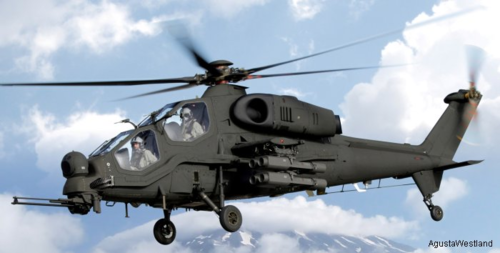
this is nice looking, S-67
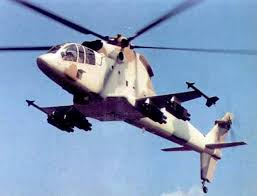
the AH-56 was ok
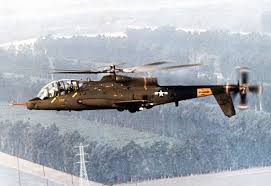
but this looks too coarse YAH-63
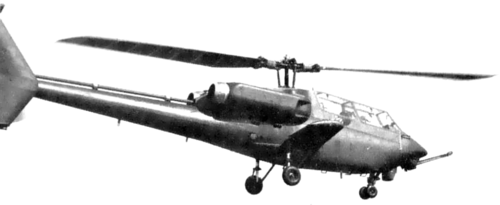
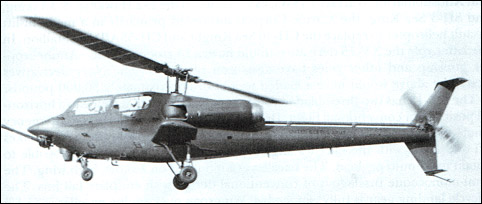
Last edited:
- Joined
- 3 June 2006
- Messages
- 3,094
- Reaction score
- 3,949
- Joined
- 27 December 2005
- Messages
- 17,712
- Reaction score
- 26,173
Its still a mystery to me how they went from the graceful and lithe AH-1 to this ugly thing.
- Joined
- 18 October 2006
- Messages
- 4,203
- Reaction score
- 4,889
Army Requirements.Its still a mystery to me how they went from the graceful and lithe AH-1 to this ugly thing.
Last edited by a moderator:
- Joined
- 4 May 2008
- Messages
- 2,439
- Reaction score
- 757
I always wondered about the tail rotor driveshaft. Whys is it exposed? granted, a thin aluminum cover around it is not going to protect anything from ground fire, but other Bell helicopters aren't like that. Was it for maintenance?
asiscan
ACCESS: Confidential
- Joined
- 3 April 2014
- Messages
- 88
- Reaction score
- 89
Some 409 info available at link below. I have not come across it elsewhere.

 digital.library.unt.edu
digital.library.unt.edu
[Booklet: B700.1 409 Advanced Attack Helicopter]
Booklet: B700.1 409 Advanced Attack Helicopter.
- Joined
- 27 December 2005
- Messages
- 17,712
- Reaction score
- 26,173
Brochure attached as PDF. Interesting drawings are attached as JPG.
Attachments
-
409-001.pdf4.2 MB · Views: 61
-
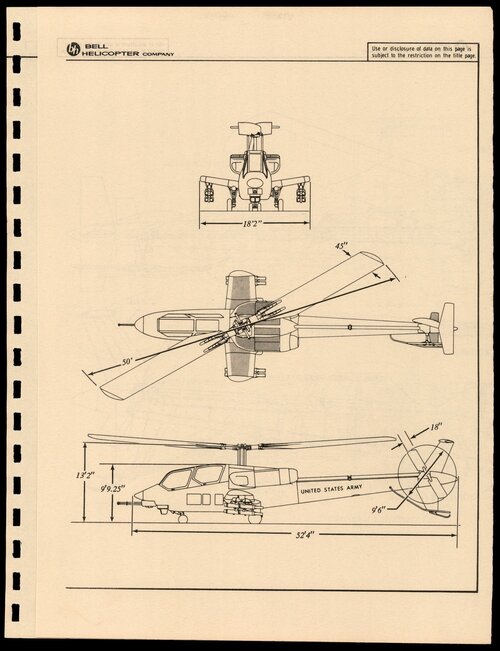 metadc1831658_xl_UNTA_AR0836-124-14-001_09.jpg262.4 KB · Views: 182
metadc1831658_xl_UNTA_AR0836-124-14-001_09.jpg262.4 KB · Views: 182 -
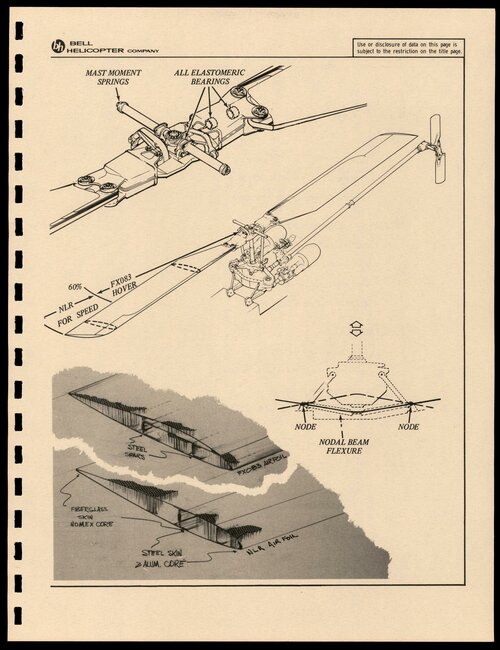 metadc1831658_xl_UNTA_AR0836-124-14-001_11.jpg329.6 KB · Views: 151
metadc1831658_xl_UNTA_AR0836-124-14-001_11.jpg329.6 KB · Views: 151 -
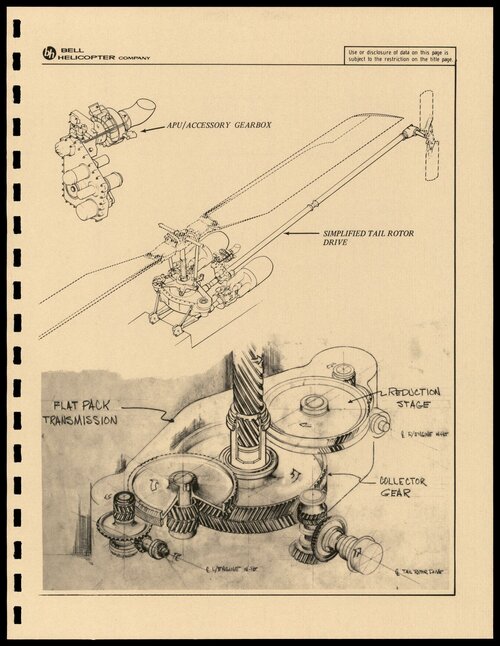 metadc1831658_xl_UNTA_AR0836-124-14-001_13.jpg364.8 KB · Views: 147
metadc1831658_xl_UNTA_AR0836-124-14-001_13.jpg364.8 KB · Views: 147 -
 metadc1831658_xl_UNTA_AR0836-124-14-001_17.jpg396.9 KB · Views: 145
metadc1831658_xl_UNTA_AR0836-124-14-001_17.jpg396.9 KB · Views: 145 -
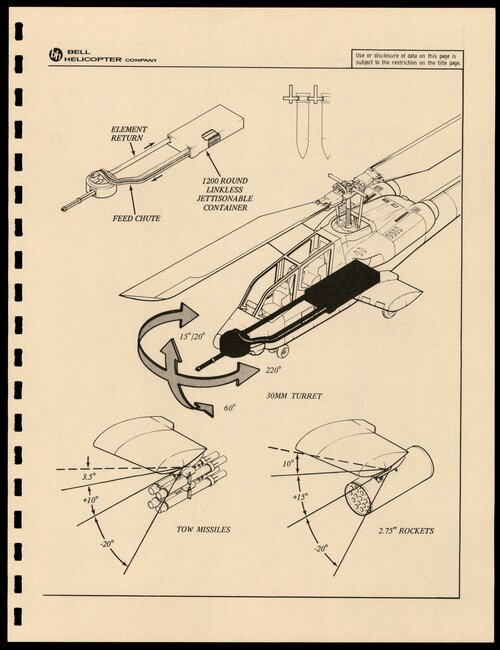 metadc1831658_xl_UNTA_AR0836-124-14-001_19.jpg303 KB · Views: 143
metadc1831658_xl_UNTA_AR0836-124-14-001_19.jpg303 KB · Views: 143 -
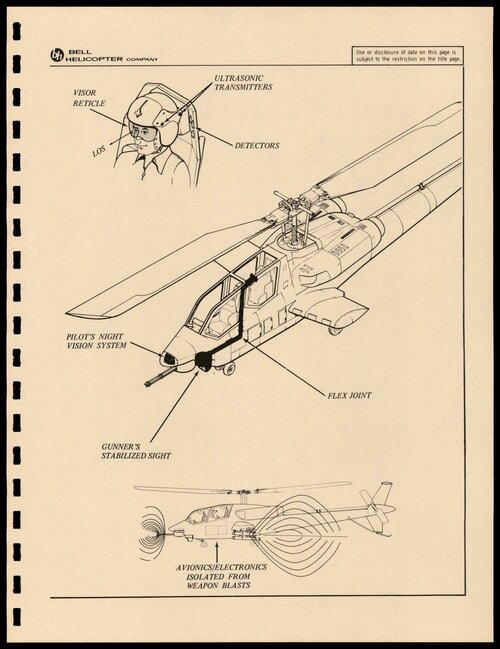 metadc1831658_xl_UNTA_AR0836-124-14-001_21.jpg300.3 KB · Views: 137
metadc1831658_xl_UNTA_AR0836-124-14-001_21.jpg300.3 KB · Views: 137 -
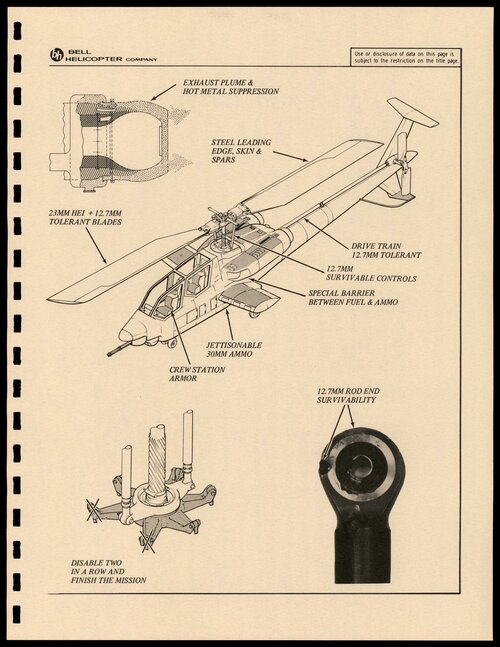 metadc1831658_xl_UNTA_AR0836-124-14-001_23.jpg314.1 KB · Views: 143
metadc1831658_xl_UNTA_AR0836-124-14-001_23.jpg314.1 KB · Views: 143 -
 metadc1831658_xl_UNTA_AR0836-124-14-001_25.jpg355.4 KB · Views: 137
metadc1831658_xl_UNTA_AR0836-124-14-001_25.jpg355.4 KB · Views: 137 -
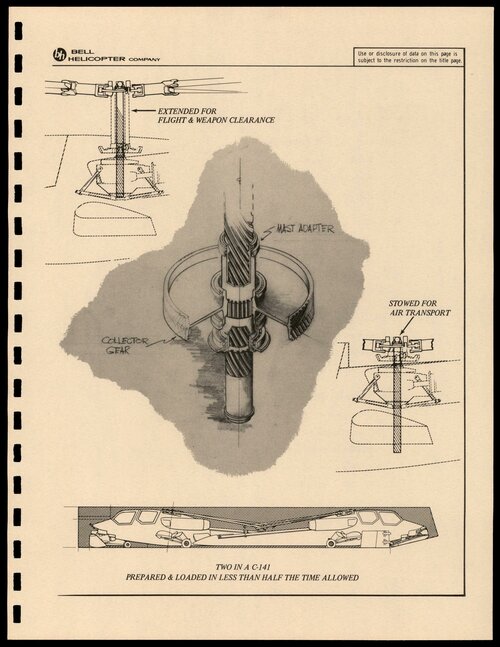 metadc1831658_xl_UNTA_AR0836-124-14-001_27.jpg321.6 KB · Views: 136
metadc1831658_xl_UNTA_AR0836-124-14-001_27.jpg321.6 KB · Views: 136 -
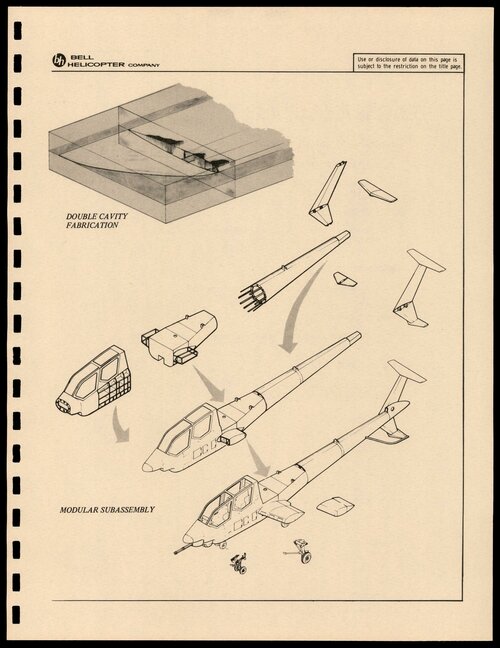 metadc1831658_xl_UNTA_AR0836-124-14-001_29.jpg281.6 KB · Views: 159
metadc1831658_xl_UNTA_AR0836-124-14-001_29.jpg281.6 KB · Views: 159
Last edited:
- Joined
- 27 December 2005
- Messages
- 17,712
- Reaction score
- 26,173
second brochure attached.
Attachments
-
409-002.pdf11.9 MB · Views: 43
-
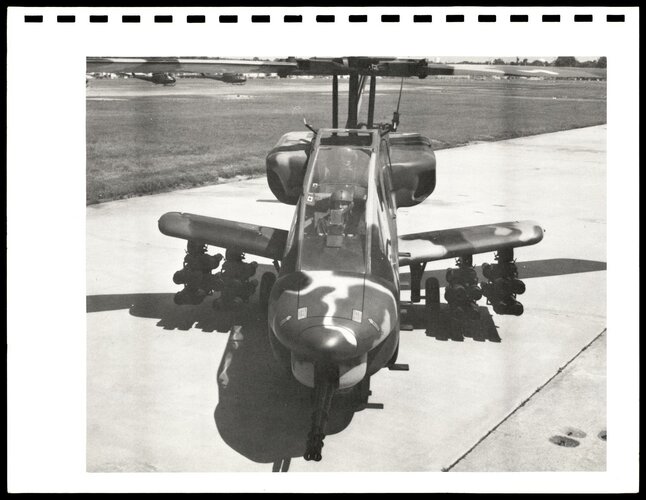 metadc1831657_xl_0005.jpg155.9 KB · Views: 166
metadc1831657_xl_0005.jpg155.9 KB · Views: 166 -
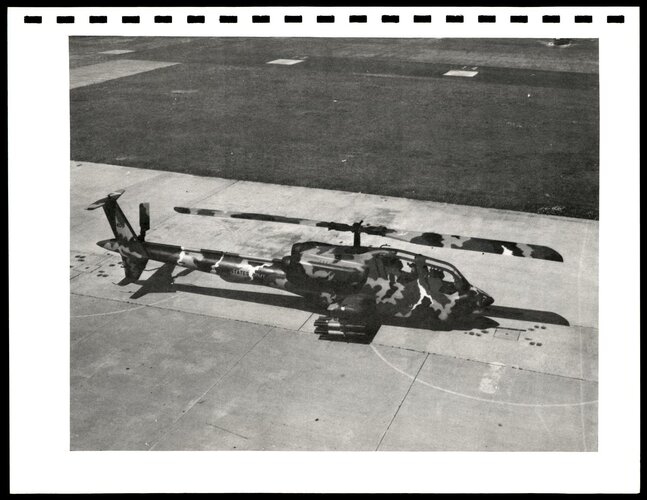 metadc1831657_xl_0137.jpg187.8 KB · Views: 154
metadc1831657_xl_0137.jpg187.8 KB · Views: 154 -
 metadc1831657_xl_0143.jpg68.7 KB · Views: 154
metadc1831657_xl_0143.jpg68.7 KB · Views: 154 -
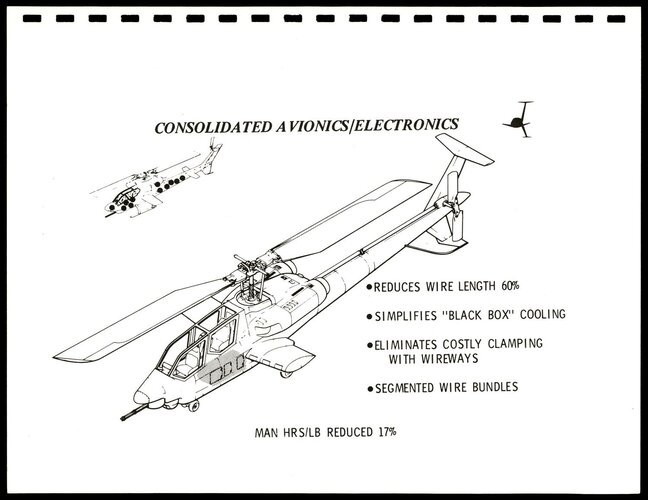 metadc1831657_xl_0155.jpg112.5 KB · Views: 136
metadc1831657_xl_0155.jpg112.5 KB · Views: 136 -
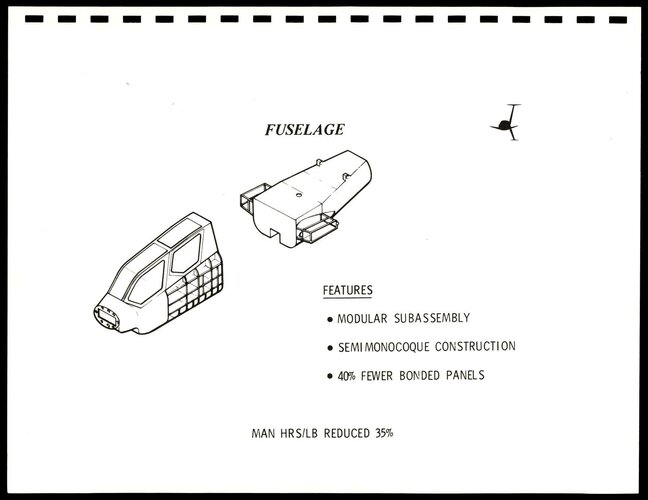 metadc1831657_xl_0161.jpg67.7 KB · Views: 138
metadc1831657_xl_0161.jpg67.7 KB · Views: 138 -
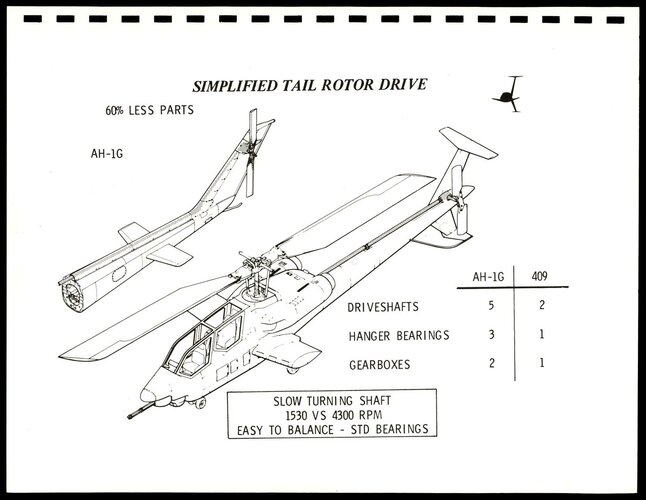 metadc1831657_xl_0165.jpg119.2 KB · Views: 169
metadc1831657_xl_0165.jpg119.2 KB · Views: 169
- Joined
- 21 May 2006
- Messages
- 2,993
- Reaction score
- 2,257
Wow thanks Abraham Gubler, I for one appreciate that 'interesting tidbit regarding the FX jettisonable magazine and was the inhouse reason given as to why North American Rockwell lost the project'.There are two good reasons to have a jettisonable ammo drum on an attack helicopter. First and most likely reason it was installed was to provide an instant reduction in aircraft weight in case of an engine out emergency. This would function like dumping pylons and stores and jettisoning fuel to lower weight in an emergency.
The second reason is perhaps they were thinking of installing a caseless propellant gun? USAF required a jettisonable ammunition supply for the FX (F-15) project and its initial caseless 25mm gun requirement. At the time of the state of art of caseless propellant meant the ammunition was more vulnerable to explosion from excessive heat and damage compared to conventional ammunition. So the fighter was required to be able to expel the entire magazine if needed. This is however a much harder thing to do in a fighter jet with far more extreme performance than just a comparatively lumbering attack helicopter.
As an interesting tidbit in Dan Raymer’s autobiography (Living in the Future) he mentions that the FX jettisonable magazine was the inhouse reason given as to why North American Rockwell lost the project. The ‘old timers’ at the company told Raymer that they had included the jettisonable magazine with all its extra weight and complexity in their FX tendered design (NA-335) as required by the specification. But rivals McDonnell had got wind that USAF was unhappy with the 25mm and in their tender left out all the weight of the jettisonable magazine and just provided a design with the conventional M61 20mm gun and ammo drum. So their F-15 was lighter and cheaper than the rivals who actually meet the specification as originally set by the customer.
Regards
Pioneer
famvburg
I really should change my personal text
- Joined
- 24 July 2011
- Messages
- 386
- Reaction score
- 54
How are two blade systems lighted? I was around Hueys at my local airport for 25 years and never saw any lighting on the rotors.Having had opportunity to see YAH-63 up close I can tell you the huge blades were probably the heaviest wide cord blades I have seen. Then they were designed to take multiple 23 mm and keep working. I have an alternate idea on the jettisonable ammo drum. Given that the helicopter was design to hover and shoot at Soviet tank divisions go the a refuel/rearm point and repeat, the jettisonable drum might have been a proposal for rapid rearm. I say this because at the time of this effort US Army helicopters only flew at nap of the earth. Time between engine fail and landing was minimal.
I agree that two blade systems are usually lighted and with the lift from the wide cord probably meant slower rotation speed and less transonic noise from the tips.
- Joined
- 11 March 2012
- Messages
- 3,244
- Reaction score
- 3,171
I suspect that the meant to write LIGHTER. Two-blade rotors are simpler and have fewer parts.How are two blade systems lighted? I was around Hueys at my local airport for 25 years and never saw any lighting on the rotors.Having had opportunity to see YAH-63 up close I can tell you the huge blades were probably the heaviest wide cord blades I have seen. Then they were designed to take multiple 23 mm and keep working. I have an alternate idea on the jettisonable ammo drum. Given that the helicopter was design to hover and shoot at Soviet tank divisions go the a refuel/rearm point and repeat, the jettisonable drum might have been a proposal for rapid rearm. I say this because at the time of this effort US Army helicopters only flew at nap of the earth. Time between engine fail and landing was minimal.
I agree that two blade systems are usually lighted and with the lift from the wide cord probably meant slower rotation speed and less transonic noise from the tips.
- Joined
- 21 May 2006
- Messages
- 2,993
- Reaction score
- 2,257
]
Great find and a belated thanks for sharing it with the forum asiscan!
Regards
Pioneer
Some 409 info available at link below. I have not come across it elsewhere.

[Booklet: B700.1 409 Advanced Attack Helicopter]
Booklet: B700.1 409 Advanced Attack Helicopter.digital.library.unt.edu
Great find and a belated thanks for sharing it with the forum asiscan!
Regards
Pioneer
Last edited:
Scott Kenny
ACCESS: USAP
- Joined
- 15 May 2023
- Messages
- 11,427
- Reaction score
- 13,934
Funny, the wide blades are what are said to give the Huey/Cobra and Chinook their thunderous sound, while thinner blades end up quieter.Lower weight as two of something is usually lighter than four of something. The wide blades of the AAH and a few other Bell helos of this time were also designed to provide a lot of lift at lower rotation speeds. The slower the rotor spins and the less noise it makes (usually).
Scott Kenny
ACCESS: USAP
- Joined
- 15 May 2023
- Messages
- 11,427
- Reaction score
- 13,934
Nah, the X-32 is nowhere near as fugly as the Boeing BV-235. The BV-235 fell out of the ugly tree, hit every branch on the way down, then bounced back up to hit them all again!I just had to search for Boeing’s AAH entry on Google, and sferrin is right, it is the helicopter equivalent of the X-32. Well and truly ugly.
- Joined
- 18 October 2006
- Messages
- 4,203
- Reaction score
- 4,889
BV-235 demonstrates why Boeing 'cherry picks ' designs from outside the company. Their internally designed platforms tend to be adverse to the aeronauts eye. Enthusiast tend to have adverse reaction as well.
- Joined
- 4 July 2010
- Messages
- 2,512
- Reaction score
- 3,083
EDIT: Thank you for updating your postFrom Army Aviation 1973/6.
Last edited:
- Joined
- 18 October 2006
- Messages
- 4,203
- Reaction score
- 4,889
Have to disagree Moose.That's the Boeing, this is the Bell 409 thread
I do believe it is YAH-63
- Joined
- 27 December 2005
- Messages
- 17,712
- Reaction score
- 26,173
It's YAH-63 but it does look asymmetric somehow.
- Joined
- 27 December 2005
- Messages
- 17,712
- Reaction score
- 26,173
Development Test 1 Advanced Attack Helicopter Competitive Evaluation Bell YAH-63 Helicopter
https://apps.dtic.mil/sti/citations/tr/ADA109531
Full-Scale Crash Test (T-41) of the YAH-63 Attack Helicopter
https://apps.dtic.mil/sti/citations/ADA167813
https://apps.dtic.mil/sti/citations/tr/ADA109531
Full-Scale Crash Test (T-41) of the YAH-63 Attack Helicopter
https://apps.dtic.mil/sti/citations/ADA167813
Similar threads
-
AAH Competition (AH-64 rivals)
- Started by overscan (PaulMM)
- Replies: 8
-
-
-
-
Hughes Model 77 AAH competition winner (became the AH-64)
- Started by Matej
- Replies: 23

